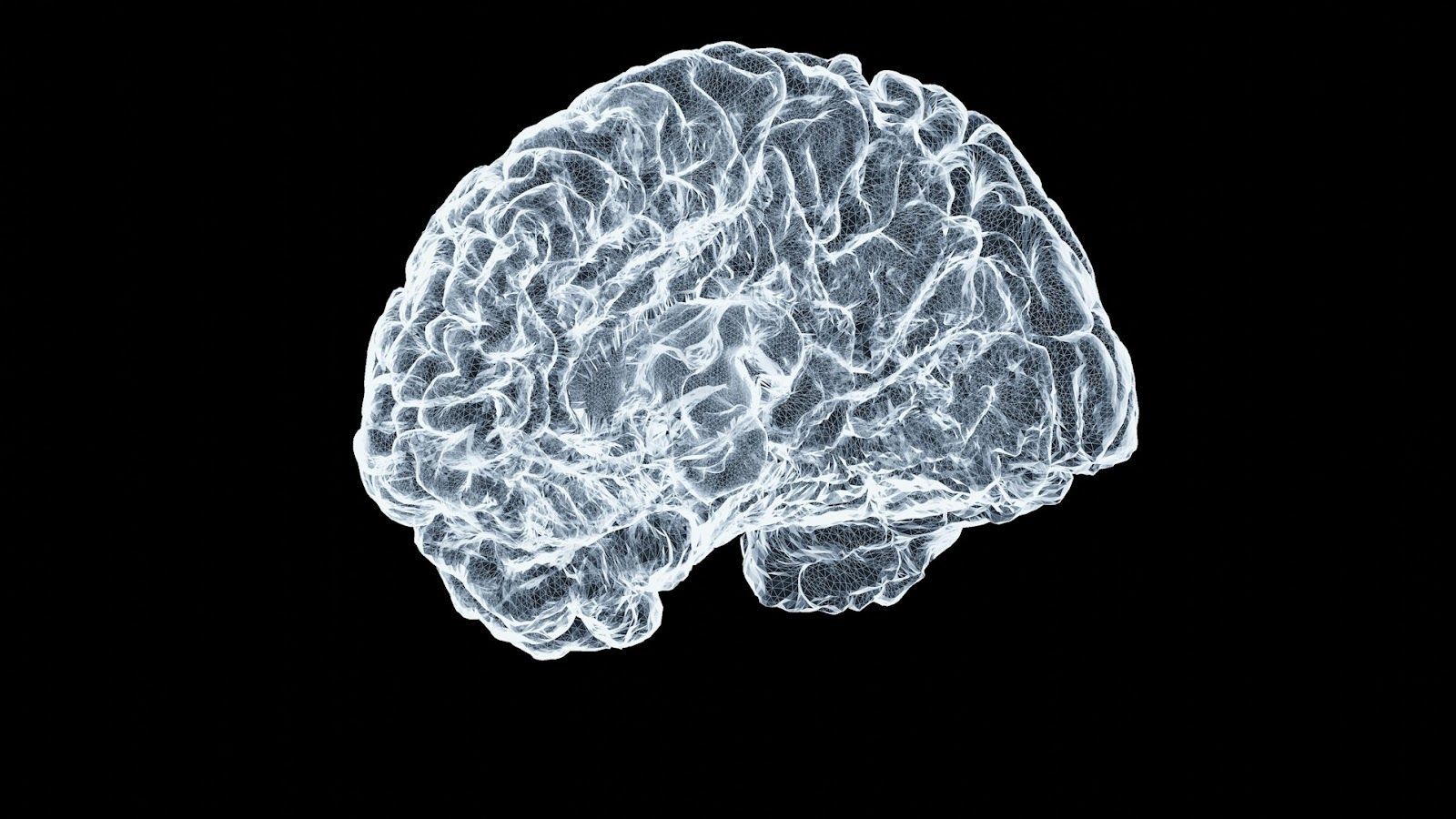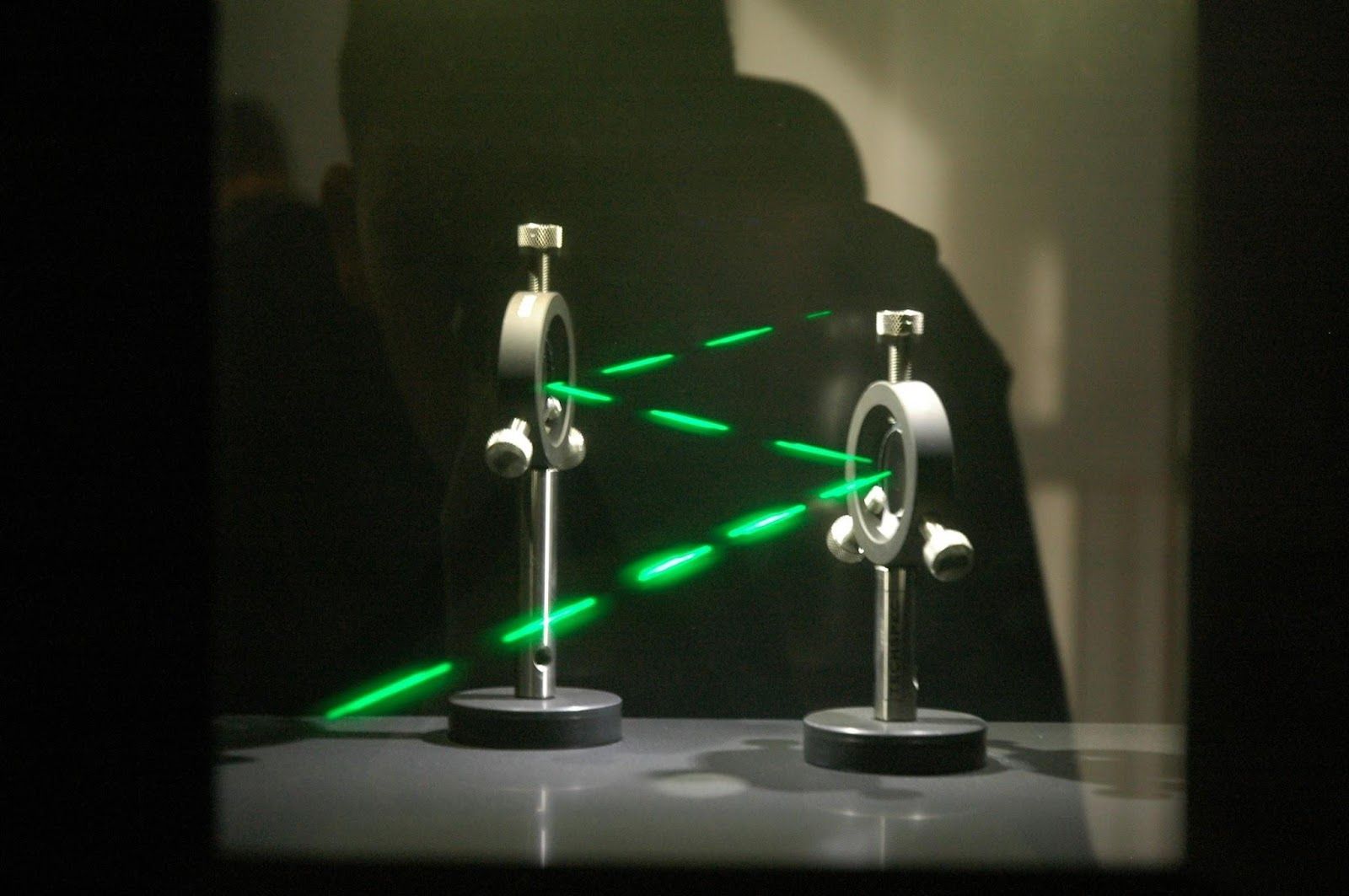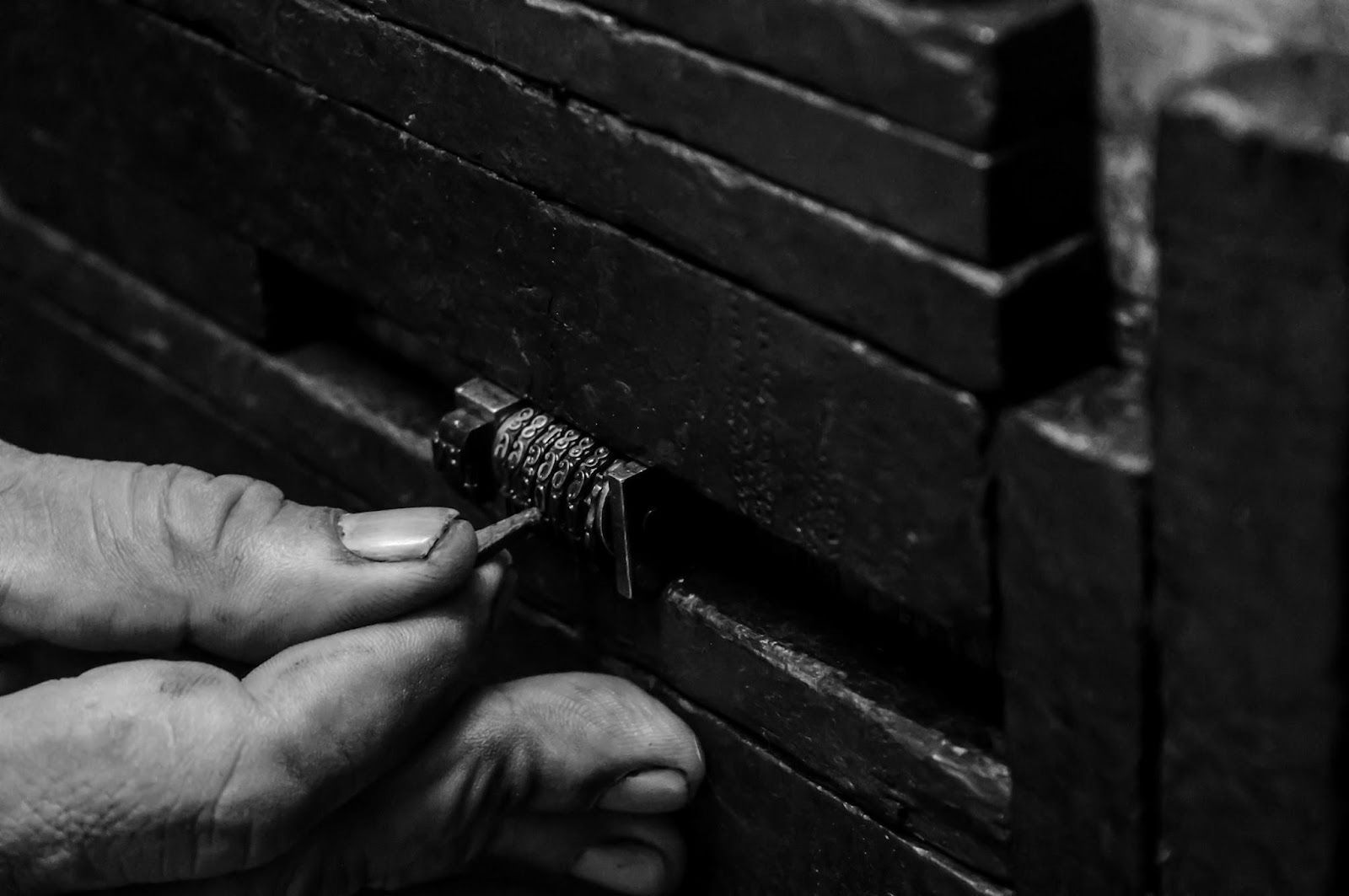Mind games
Think you control your choices? Science says think again
Published on November 5, 2025
 Credit: MacDonald Almeida
Credit: MacDonald Almeida
We like to think we’re in control of our choices, but free will may be more illusion than reality. From brain chemistry to social conditioning, powerful forces shape our behavior long before we become aware of them. While there is still room for change and spontaneous decisions, we are often "hijacked" by unconscious processes. Here are 10 factors that make us more predictable than we might think.
The brain acts first
 Credit: Shawn Day
Credit: Shawn Day
Just like a quick-draw gunslinger, the brain knows what to do long before we consciously decide to act. Neuroscientist Benjamin Libet’s famous experiments in the 1980s showed that brain activity spikes before a person becomes aware of their decision to move.
In these studies, participants were asked to flex their wrists at random moments. Their brains exhibited a "readiness potential"—a buildup of neural activity—up to 500 milliseconds before they reported having made the decision to move. This suggests that the brain initiates actions before the conscious mind "decides."
Genes load the dice
 Credit: digitale.de
Credit: digitale.de
According to some scientists, genetic makeup may influence many personal characteristics—from impulsivity to political beliefs—effectively narrowing the kinds of decisions we're likely to make.
This doesn’t mean our genes entirely shackle us, but they do seem to play a significant role in shaping personality. Twin studies have shown that traits such as risk-taking, patience, and even religiosity may have heritable components.
Childhood conditions
 Credit: Jordan Whitt
Credit: Jordan Whitt
Though it may seem obvious, early environments—such as nutrition, stress levels, and parenting—play a powerful role in shaping neural development and future decision-making ability.
Children raised in poverty or wartime conditions show differences in prefrontal cortex development, changes that might affect life choices for decades.
Dopamine drives
 Credit: Maxim Berg
Credit: Maxim Berg
Certain "pleasure chemicals" in the brain—especially dopamine—can heavily steer decision-making without conscious input.
When we anticipate a reward, dopamine surges in brain regions like the striatum, which are involved in evaluating actions and outcomes. This biases us toward actions with immediate gratification—even when we "know better."
Habits override choice
 Credit: Mathew MacQuarrie
Credit: Mathew MacQuarrie
Once formed, habits bypass conscious deliberation and begin to operate automatically.
Research shows up to 40% of daily actions are driven by habit. The basal ganglia stores these patterns, allowing us to function on autopilot without making active choices.
Split-brain insights
 Credit: Robina Weermeijer
Credit: Robina Weermeijer
Patients with severed corpus callosums reveal how the brain constructs post-hoc justifications for actions.
In split-brain studies, when one hemisphere initiates an action, the other often makes up a reason for it, demonstrating that we sometimes confabulate explanations rather than make fully conscious, deliberate choices.
Subliminal influence
 Credit: Chris Zhang
Credit: Chris Zhang
Sometimes, messages received below conscious awareness can still affect behavior.
In controlled studies, priming participants with certain words or images—such as "elderly" or "money"—can alter their actions and choices, even though they don’t realize it happened.
Mirror neurons
 Credit: Михаил Секацкий
Credit: Михаил Секацкий
We’re wired to mimic others, often without realizing it. While this begins as a survival trait linked to learning in early childhood, its powerful influence can shape our behavior later in life.
First discovered in monkeys and later observed in humans, mirror neurons fire when we see others perform actions. This automatic imitation affects behavior, learning, and even emotional responses—all without conscious intention.
Decision fatigue
 Credit: Wesley Tingey
Credit: Wesley Tingey
The more choices we make, the worse our judgment tends to become over time.
For example, studies have shown that judges are more likely to grant parole early in the day. By afternoon, mental exhaustion sets in, and denial rates spike.
Cultural conditioning
 Credit: pavan gupta
Credit: pavan gupta
Culture shapes our values, desires, and what choices are considered acceptable from birth onward.
Whether you believe in individualism or collectivism, what foods you enjoy, or how you define success—all these are shaped by your cultural environment long before conscious reasoning takes hold.












